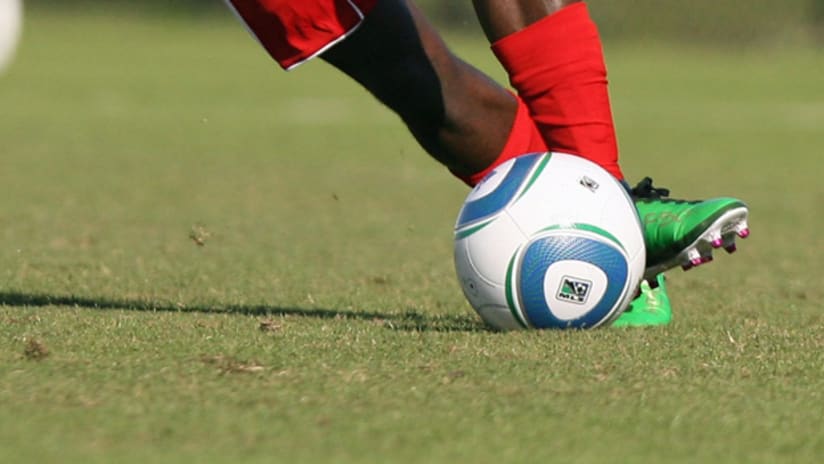The Portland Timbers better be right. The same goes for the Vancouver Whitecaps, Seattle Sounders, Colorado Rapids, New York Red Bulls, New England Revolution and Toronto FC.
Each of those clubs willfully passed on players developed in their own backyard during both the SuperDraft and Supplemental Draft.
As the sport grows in the USA, MLS clubs will increasingly be held accountable for talents that “slip through the cracks” from their own regions and frankly, there will be no excuse. Especially not when professional clubs allow those players to get past them.
Vancouver and Toronto had numerous cracks at Canadian Olympic central defender Curtis Ushedo, who was born and bred in Toronto. The Timbers should have known everything there is to know about Real Salt Lake SuperDraft pick Jarad vanSchaik from the University of Portland.
The Red Bulls took South Carolina ‘keeper Jimmy Maurer over New Jersey product Zach Johnson from West Virginia. The Revolution passed on left back Santiago Bedoya, who went to Northeastern. The Sounders looked the other way on Taylor Mueller from the University of Washington. The Rapids did the same with Joe Willis from the University of Denver.
Especially when it comes to the Supplemental Draft, where it’s not necessarily about picking the best player available, one can only assume that these clubs passed on their local products because they had seen enough to steer away.
Only history will tell whether they were right. However, if they were wrong, the oversight turns into one of the biggest blows any club can suffer.
Since their inception, the Philadelphia Union have gone out of their way to establish local relationships in their region and it has resulted in the signings of J.T. Noone, Zach Pfeffer and Sheanon Williams with the latter turning into a first-choice right back.
[inline_node:320433]
Union management took Reading United A.C. attacker Levi Houapeu in the SuperDraft and then used the club’s three Supplemental picks to take players who had strong connections to the Pennsylvania soccer scene – a nod to the other institutions working hard to develop talents.
The moves not only fosters relationships and connections but it also sets up those all-important aspirational values that MLS clubs are looking to instill in area youth.
That same ability to cultivate area talent can be seen in the New York metropolitan area, where the Red Bulls have developed Matt Kassel and Sacir Hot through their academy. They have now put themselves in position to sign both a college All-Star (Kassel) and a US Under-20 national team member (Hot).
It should be the obvious first step for any club that is serious about its future: guard your own turf. The New York Cosmos are making the same statement, establishing academies on both coasts even before formally submitting a bid for expansion. Some say they should not be considered “a real club” just yet, while others believe they are visionaries. The latter description seems more apt, especially given the current academy race in American soccer.
Any fine-tuned scouting operation has to start with the ability to identify talent in the immediate geographic surroundings of a club. The local edge should be an automatic for any professional team.
Most drafts are graded by experts according to whether a team’s selections have panned out or not. But here’s a suggestion for one more measuring stick: How many local players slipped past a given team when the club had ample opportunity to pluck them.
They’re not going to get it right all the time. But when they don’t, how much does it really cost them?










